How Givi Shanava created animated "recapitulations" of "Sherekilebi", "Chrichina" and other Georgian films
Positive Stories
129
0
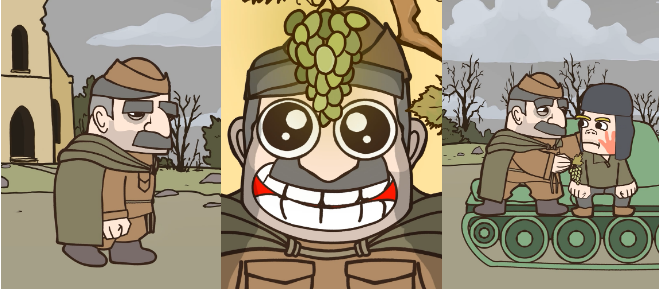
“Sherekilebi”, “Chrichina”, “Kukaracha” - these are the films many generations in Georgia grew up with, and they still fill us with a unique warmth. At just 23, Givi Shanava has brought classic Georgian cinema back to life in a way no one had imagined before - through animated “recaps”. Givi’s passion for animation began when he was still at school. Later, he spent years working on the “Jose the Giraffe” project as part of the “Velosipedi” studio team. Today, thousands watch his animations on TikTok and eagerly follow his fresh takes on beloved Georgian films. But what does it mean to have a creative profession, and why do all this? Givi Shanava shared the story with us.
M: How did you find yourself working in animation while also doing programming?
I never studied it anywhere - I learned everything on my own. Back in seventh grade, I started teaching myself programming because I wanted to make games. Pretty quickly, I realized I’d need animation too, but since I couldn’t afford to hire an animator, I decided to learn it myself. I picked up the basics from YouTube tutorials, found my own style, and chose the program I still use today.
Later, I posted my first animation in the CG Georgia Facebook group. It turned out that the “Jose the Giraffe” project was made with the same program, so the “Velosipedi” studio invited me to intern with them. I agreed, and over time, I discovered I actually enjoyed animation more than programming - that’s how I ended up focusing on animation full-time.
M: Tell our readers - what exactly is a “Rekafi” and how do you create animations in this style?
A recap is basically a format where a movie or any creative work is retold in a short, condensed version. This trend has actually been around for quite a while — YouTube users might even remember early videos that did the same thing.
Over time, it’s grown a lot and now covers not just films but also books, games, and cartoons. It’s also become popular to create alternative endings - for example, there are well-known projects that imagine what would happen if Superman or Iron Man had a different ending.
I’ve been watching these kinds of animations for years and really enjoyed them. About two years ago, I decided to create my own in this style. I began with “Sherekilebi” and shared them on social media just a few weeks ago. People liked them, so I decided to make more. Right now, I have several projects - some with alternate endings and others as recaps, where an entire movie is summarized in just one minute.
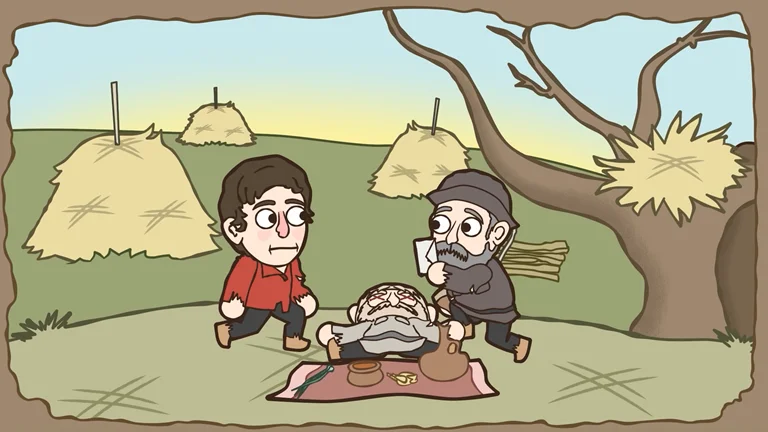
M: How is your one-minute animated story created?
For every new project, I carefully analyze which scenes are essential to telling the story and how to turn them into an engaging format without losing the original’s essence.
I start by selecting the most memorable moments from the film - those that carry special meaning and are key to the plot. This is the first and most crucial step.
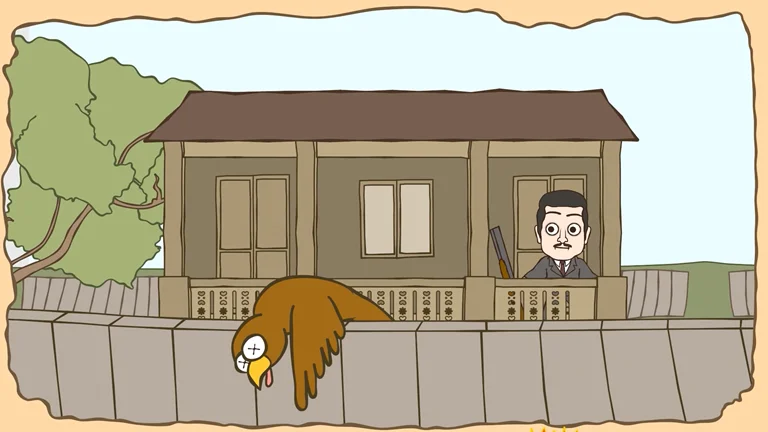
Next, I focus on the main points - how to turn tragic or dramatic moments into something lighter. Since these are animations, they need to feel more entertaining for the viewer. I often add modern touches or try to highlight the original story in a slightly more humorous way.
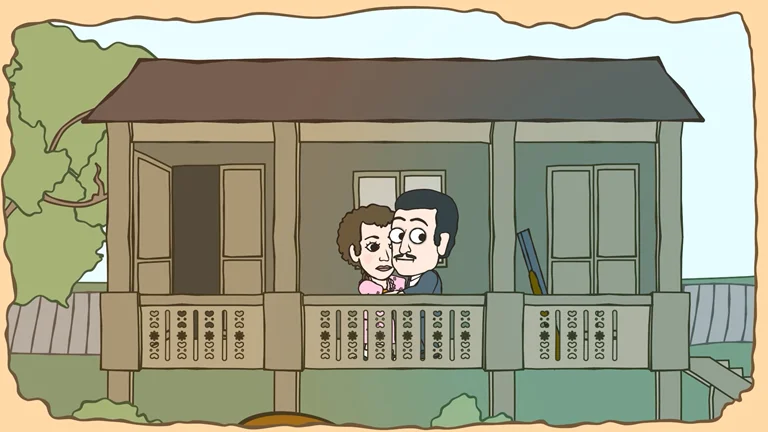
M: Your first "recap" was "Sherlock" – how did you create this animation?
“Sherekilebi” is my favorite film - it’s full of interesting visual details, from the props to the variety of costumes.
When I imagine something, I can clearly picture it through scenes from this movie. That’s why I thought it would be easy for people to recognize that the animated characters are actually the ones from “Sherekilebi.”
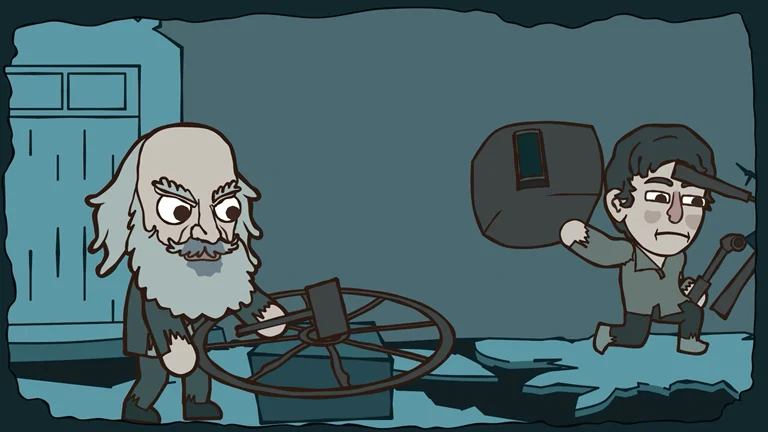
As for other films, I’ve worked on “Chrichina” and a few others too. One of my projects is a scene from “Kukaracha” — the moment when Inga shoots Murtalo with seven bullets. That scene was so powerful it brought back memories from my childhood. The dramatic weight of it holds a lot of personal meaning for me, which made animating it even more fascinating.
M: It seems like you combine several professions when creating animation. What stages does your creative process go through?
The whole process goes like this: script, character design, animation, editing, and sound design. I handle all the animation work myself - I draw the backgrounds and design the characters, though sometimes I bring in others to help with the drawing.
The easiest part is probably writing the script. Once I pick the film, it’s not hard to imagine how the story could have ended differently or what could be turned into something funny. The film already shows which parts are dramatic, so it’s easy for me to give them a twist.
Next comes the most important part - the drawing and character design. Instead of using classic frame-by-frame animation, I work with a bone system simulation, which lets me animate much faster.
The hardest part for me is finding the right sounds. If I’m watching something and hear an interesting sound - like rubber stretching or metal crashing - and the sound is clean without background music, I save it right away. I cut out that small bit from the full file and later use it in my remixes.
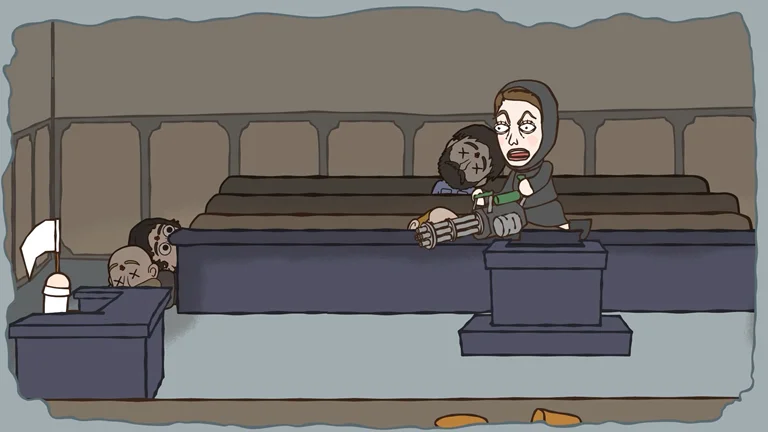
M: What purpose does this project serve for you?
My main goal is to create fun animated content for the Georgian YouTube scene and help promote Georgian cinema. For viewers, it’s a new way to step back into familiar films but through a lighthearted lens, even if just for a few minutes. For me, animation is a way to bring my ideas to life and share what I love with others.
I hope my work inspires more interest in animation here in Georgia. I want to show that it’s absolutely possible to produce quality animations locally, even short ones, and that there’s a real audience for them.
I’d be especially glad if more people got interested in this field. When people see that animation draws viewers, they might invest more resources and create bigger projects. Maybe this small effort will help push the Georgian animation industry forward.
M: How do you think it is possible to bring Georgian animation to the international market?
I believe that not only talent but ideas themselves can be exported — this is something that’s well proven internationally. I also think it would be great if Georgian businesses realized that animation doesn’t always need a big budget. At the same time, animators can see that it’s possible to create good animation with less effort than they might expect. With this approach, we can work on really interesting projects.
Of course, we can’t cover every area, but I’m sure that if we choose the right style and technique, it’s possible to create visually impressive animations even with minimal funding.
M: How do you plan to continue the animation project?
In the near future, I plan to keep working on my current series of recaps. At the same time, I’m developing a bigger project - my own animated series, which will explore the world of dreams. Right now, I’m writing the pilot episode, where the main character gains a unique vision through dreams.
The project is already underway - the characters are designed, and I’ve done some test animations. The script is the most time-consuming part, but I hope to finish it within a year.
With this series, I want to prove in practice that it’s possible to create engaging animated content in Georgia with minimal resources. The goal isn’t to make an artistic masterpiece, but to produce something appealing and watchable for viewers - something that could open the door to even bigger projects.
RELATED NEWS
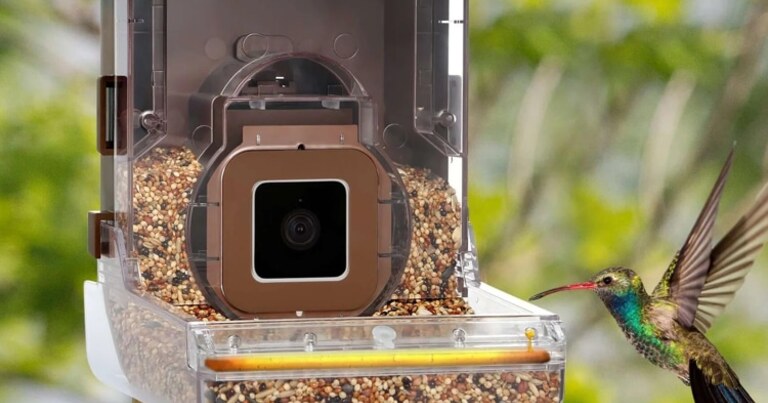
Positive Stories / Animals
An innovative camera for filming birds that also "treats"..
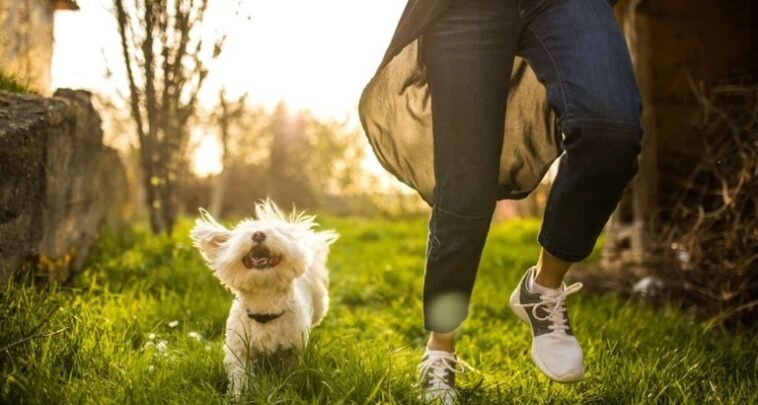
Animals
How having pets affects our mental and physical health..
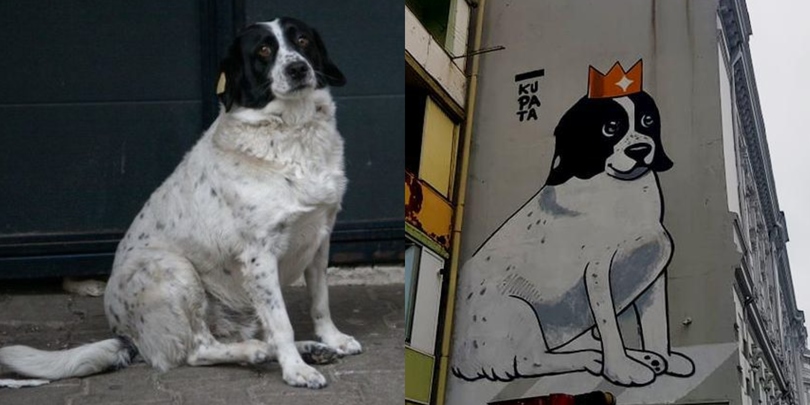
Animals
A dog named "Kupata" that helps children cross the road was..

Positive Stories
How Can You Become a Creative Thinker? These Simple Tips Can..